We are biased against truly creative event design
Conferences that Work
DECEMBER 10, 2018
“In an article for Slate, Jessica Olien debunks the myth that originality and inventiveness are valued in US society: “This is the thing about creativity that is rarely acknowledged: Most people don’t actually like it.” Truly creative event design We are biased against truly creative event design.





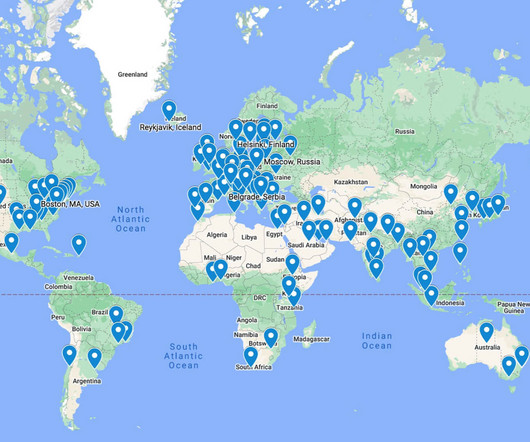



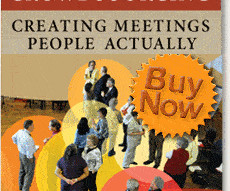



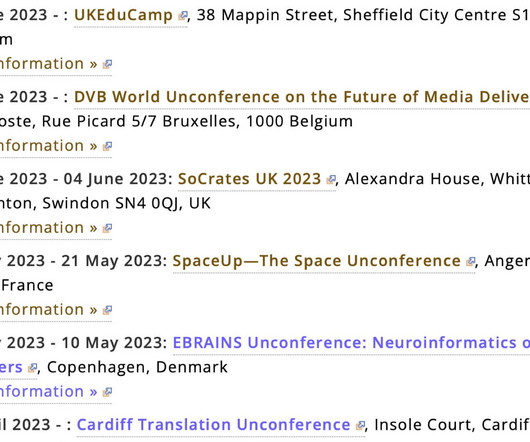
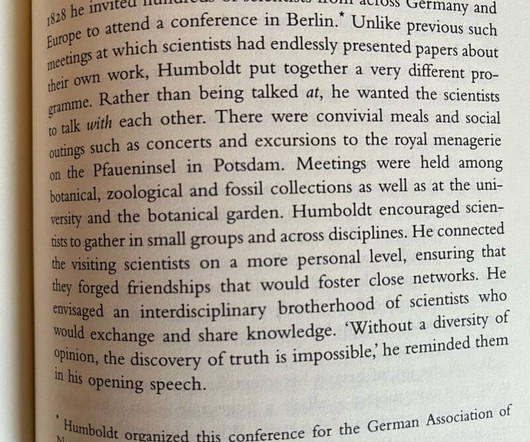
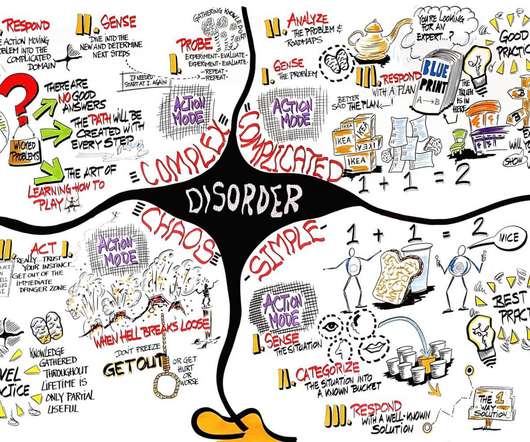


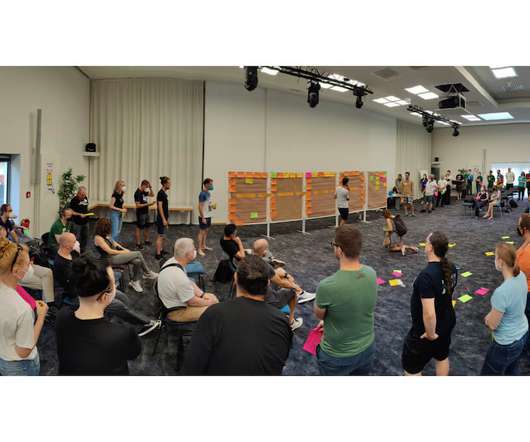








Let's personalize your content